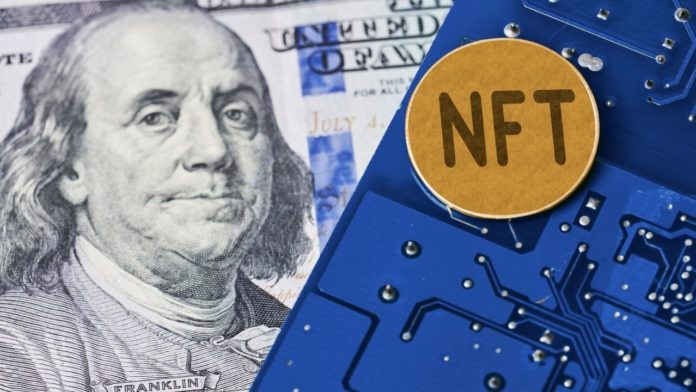Over the last couple of months, NFTs have become famous. Therefore, the US Treasury has raised concerns over the possibility of NFTs being used for illegal activities such as money laundering.
In a recent study, the US Treasury Department believes high-value art, or NFTs, could be used to fund terrorist activities. In this article, you’ll discover more about this.
The popularity of NFTs has Reached the US Treasury Department
According to a US Treasury report, the document made a series of key observations about the digital art market. First, the growing usage of digital art as a financial asset could render high-value art trades susceptible to laundering.
Second, criminals could capitalize on NFTs in the art market. The 40-page report complies with the Anti-Money Laundering Act of 2020.
Today, Treasury published a study on illicit finance and the high-value art market. We are committed to tackling systemic challenges like corporate transparency and other loopholes that allow criminals to abuse the US financial system.https://t.co/YIKtw56gLU
— Treasury Department (@USTreasury) February 4, 2022
Some NFTs Could be Laundering Channels
According to Scott Rembrandt, Deputy Assistant Secretary for Strategic Policy in the Office of Terrorist Financing and Financial Crimes, the department is searching for possible loopholes aiding financial crimes. He said, “As we tackle systemic challenges like corporate transparency and other loopholes that allow criminals to abuse the US financial system, we will look at what else might be needed to address money laundering risks specific to other industries, including the art industry.”
Also, the report talked about the growth of NFTs in 2021 and the pricing of each digital artwork. In this process, the buyer and seller decide by themselves instead of the market. Then, the report said: “According to U.S. authorities, in the first three months of 2021, the market for NFTs generated a record $1.5 billion in trading and grew 2,627 percent over the previous quarter.”
Moreover, the NFT industry reached a $20 billion marketcap in 2020. However, the US Treasury argued that criminals might buy NFTs with illegal cash and resell them to an unsuspecting collector. According to the report, the collector “ would compensate the criminal with clean funds not tied to a prior crime.”
Possible Areas of Vulnerability for NFTs
The Treasury identified features of today’s art industry that it claims to render exposed to money laundering. It noted high pricing, ease of shipping art, and a culture of secrecy as possible reasons. Furthermore, the use of anonymous shell corporations to house artwork and the use of free ports are other reasons why the art market is vulnerable to crime. In addition, the existence of tax-free storage zones is a potential threat. Buyers can buy or transfer expensive artworks without the authorities’ knowledge in these zones.
The report suggested that the Treasury Department examine the advantages and disadvantages of extending anti-money laundering and counter-terrorist financing laws to art market participants. Also, this would include rules that report suspicious activities. In addition, there should be potential customer identification procedures.
Furthermore, there were no particular prescriptions for NFT. While the research listed potential weaknesses, it also stated that risk levels would vary depending on the size of the entity.
Final Recommendations
According to the report, buyers rarely purchase valuable artworks in cash. This makes them an unsuitable vehicle for money laundering. Furthermore, the authors discovered that auction houses and big galleries already do due diligence on buyers. This provides voluntary barriers against misuse.
Finally, authorities claim that efforts to make shell corporations more open are already ongoing. This would help alleviate fraud in the marketplace.
Also, join us on Telegram to receive free trading signals.
Find out more about the blockchain and crypto space on the Altcoin Buzz YouTube channel.




























